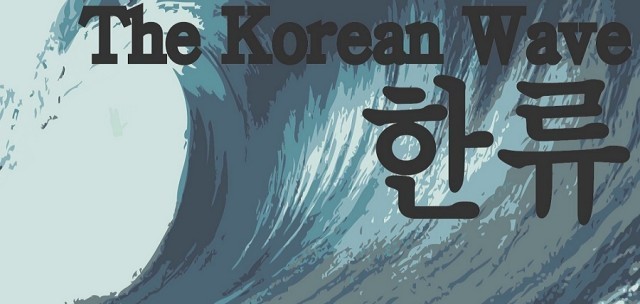The Peninsula
5 Books to Help You Understand Hallyu

By Jenna Gibson
First coined in China in the 1990s, Hallyu literally means “Korean Wave” – meaning the wave of Korean TV shows, pop songs and even skincare products that has swept across Asia and beyond. Many have noted the existence of Hallyu, and since Psy made his famous debut on the world stage more and more people know about Korean pop culture. But what spurred the popularity of k-culture abroad? And what exactly does it mean for Korea’s standing in the world? And who are the biggest names in k-pop or k-dramas, anyway?
For newbies to the k-craze all the way up to seasoned veterans, these five books can help provide new perspectives on the Hallyu phenomenon.
1. Soft Power, by Joseph Nye
Not exactly a book about Korean pop culture, but certainly a strong argument for why we’re talking about it so much in the first place. Political scientist Joseph Nye coined the term “soft power” to mean a country’s power of attraction. Through things like cultural exports, a country can persuade others to follow them without resorting to guns and bombs. And with millions invested in the entertainment industry, the Korean government is surely trying to bank on its pop culture’s soft power potential.
2. The Birth of Korean Cool, by Euny Hong
Euny Hong’s book is based on the idea that you can’t understand Hallyu without understanding the country where it was born. Half memoir of growing up in Gangnam decades before the world learned about its signature style, half expose of the massive behind-the-scenes mobilization that allowed Hallyu to flourish, Hong analyzes in great detail the aspects of Korean culture and society behind the popularity of what she calls Korea: The Brand.
3. K-pop Now! The Korean Music Revolution by Mark James Russell
Less about Hallyu as a phenomenon and more about the bands that have made it possible, this book is a perfect primer for the k-pop newbie. Using bright photos and helpful labels, Russell runs through all the biggest bands in k-pop. Of course, in a few months there will be 50 new groups popping up, but he hits all the big names enough to give a great intro to the industry. Another unique feature – interviews with Ze:A’s Kevin and Brian Joo from Fly to the Sky.
4. Structure, Audience, and Soft Power in East Asian Pop Culture, edited by Beng Chua
By providing a broader look at East Asian pop culture, this book explores Hallyu in the context of Korea’s neighbors. This comprehensive look offers some potential explanations for how Hallyu got to be so big – and how long it might last. Why have k-dramas taken off while Chinese dramas remain largely domestic? How are k-pop songs topping charts in Tokyo, while the reverse is unthinkable? This volume gives an essential comparative view of the Hallyu phenomenon.
5. The Global Impact of South Korean Popular Culture, edited by Valentina Marinescu
While the majority of analyses of Hallyu’s power understandably focus on Korea’s Asian neighbors, this book takes a different tactic. Each chapter is written by a scholars from all over the globe about the spread of Hallyu in countries like the Czech Republic, Poland, Argentina and the UK. While in some of these cases the conclusion is that Hallyu has very little impact, it is interesting to see how far k-culture exports have spread.
Jenna Gibson is the Associate Director for Communication Technology and Programs at the Korea Economic Institute of America. The views expressed here are the author’s alone.
Graphic by Jenna Gibson of KEI.
